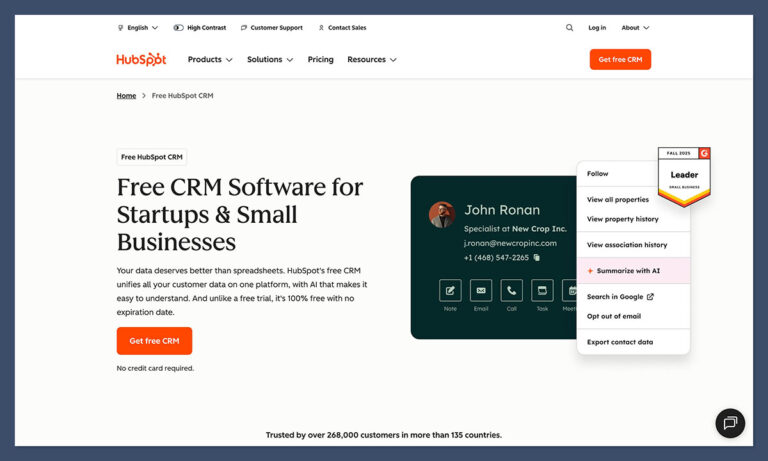Making decisions can be difficult. Yet, some people have a harder time than others. Such fear of commitment can affect multiple areas of life – including business.
In particular, the process of building a website is rife with important decisions to be made. Because of that, a commitment-phobic client may become overwhelmed. Having to make choices on a color scheme, features and functionality could potentially bring about anxiety.
If not managed effectively, it might also lead to a stalled project. When clients can’t make the necessary decisions regarding their website, there’s very little a designer can accomplish. Thus, we sit and wait for things to resolve themselves.
Not so fast! While fear of commitment and web design go together like oil and water, you don’t have to settle for such a quagmire. The following are some ways to help even the most skittish of clients move forward.
Share Research and Data
A modern website is going to require commitments to various tools and applications. For instance, a content management system (CMS) is usually a key component. From there, you’ll have to talk about plugins, themes, or any necessary custom code. And let’s not forget about web hosting and other third-party service providers.
It’s a lot to consider – especially for a client who isn’t well-versed in these subjects. Frankly, it’s no wonder that the process can stress people out.
One way to ease a client’s mind is to back your suggestions up with data. This helps to establish trust and proves that you do indeed know what you’re talking about. It also shows that they’re not alone in utilizing a particular tool or technology.
There are many useful tidbits to mention. Market share can be an important factor when it comes to a platform like WordPress. But so are examples of organizations using similar setups. Demonstrating a product’s longevity and history can also boost the comfort level.
The main idea is to show that the items chosen were done so with care and logic. That may be enough to convince a client that they’re on the right path.

Discuss the Importance of Stakeholder Buy-In
You may run into instances where a client is hesitant to provide input. They simply want you to pick out website technologies and run with them. Sometimes this is a result of having full trust in you as an expert – that’s great. But it can also be a sign of someone who doesn’t have the confidence to commit.
For smaller projects that don’t need a lot of advanced functionality, that may be fine. But passing the buck this way on a large website can be problematic.
Stakeholders should be aware of and approve of the tools powering their website. It’s not that they need to know every last detail. Rather, a basic grasp of what items are being used and why they are in place is often enough.
Why is this important? It’s all about commitment. A client who hasn’t bought into their project’s roadmap is less likely to fully understand the capabilities and limitations involved. This can lead to short-sighted decision-making that hurts the outcome.
By attaining a working knowledge of the various pieces in play, clients can better see things rationally. This makes things easier for everyone involved.

Identify Key Concerns
Sometimes having relevant data and a broad view of a project isn’t enough. A client may still have a difficult time making big decisions. They may not even understand why.
If you still find that a project is going nowhere fast, it’s time to take a different approach. It starts by identifying the pain points and starting a conversation. You don’t have to do anything dramatic – just a friendly email or phone call can get the ball rolling.
Mention that you’ve noticed some hesitancy regarding the website. Offer to answer any questions your client may have. Let them know that you’re happy to hear out their concerns.
The process of talking through such roadblocks can work wonders. Like any other problem, getting your thoughts out there tends to bring a feeling of relief. Once that kicks in, your client may be in a better place to start making decisions.
Stay Patient and Kind
Projects don’t always move as quickly as we’d like. And when a client is unable to commit to a particular path, it can be highly frustrating. We’ve all been there.
But it’s still important to maintain a calm demeanor. Passing your stress onto someone else is not conducive to getting things done.
Instead, aim to stay patient, kind, and helpful. Provide the kinds of data and background information that will bring comfort and confidence to stakeholders. Look for clues as to why a certain decision may be problematic and offer your assistance.
The good news is that this approach can pay off. Once a client begins making the required commitments, they start to fall like dominoes. Before you know it, the project is finished off – and with a successful outcome.
From there, you can sit back with a beverage and pat yourself on the back for a job well done!
The post How to Help Your Clients Overcome Fear of Commitment appeared first on Speckyboy Design Magazine.

